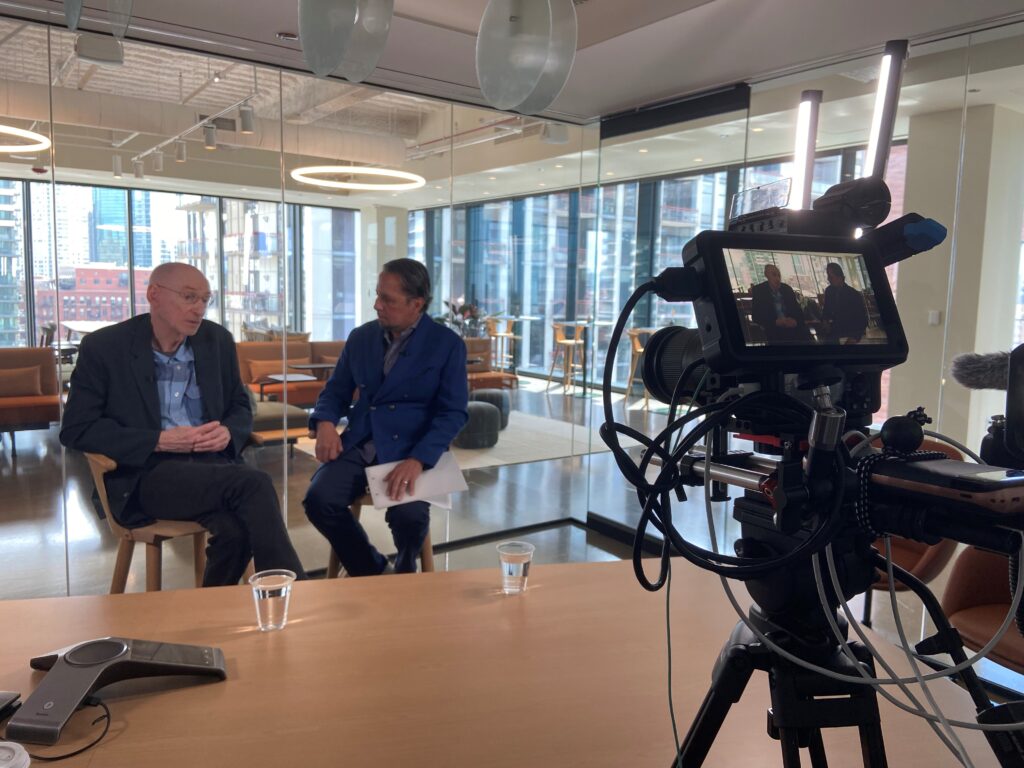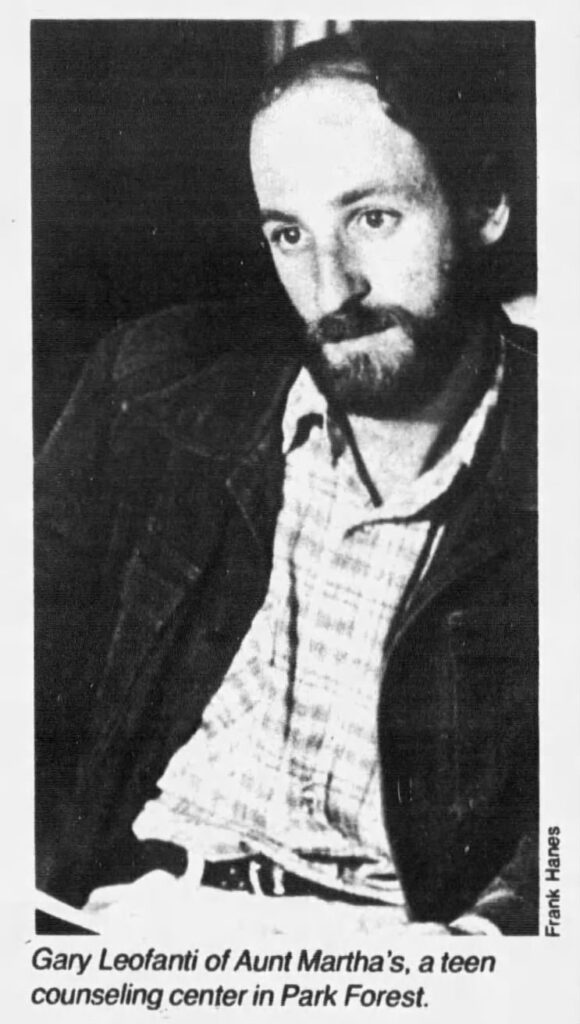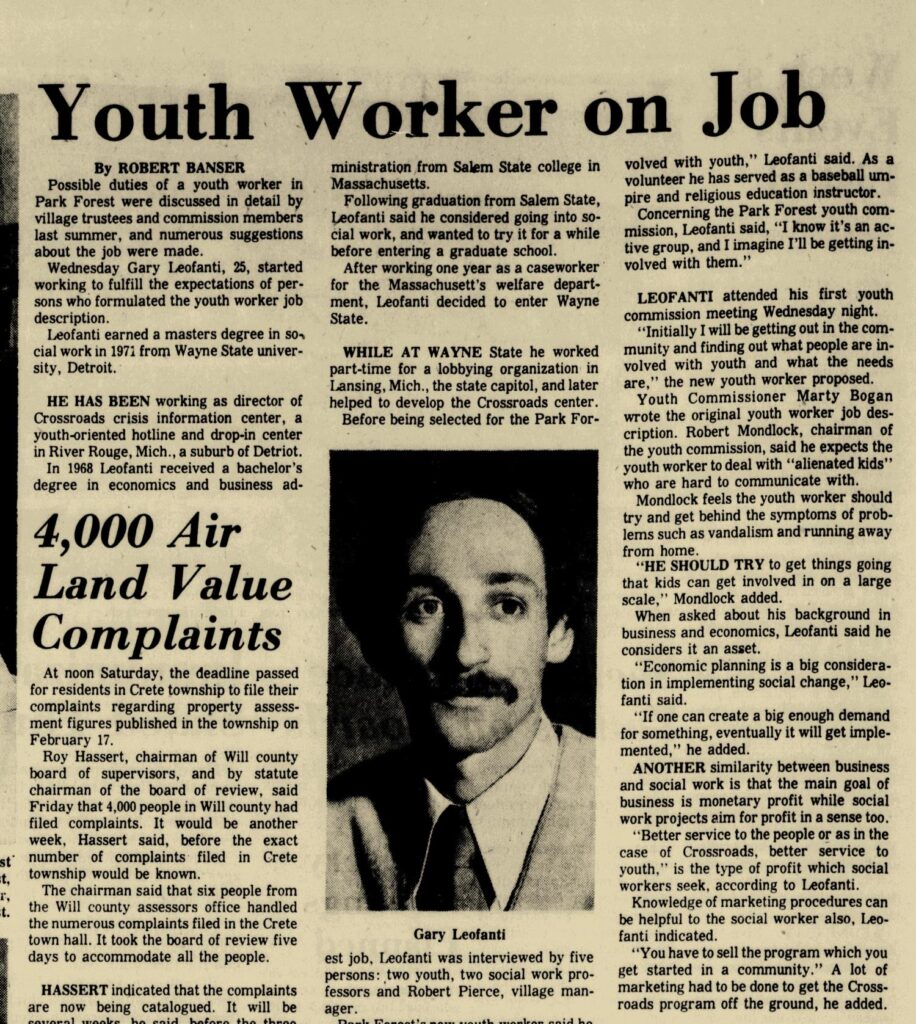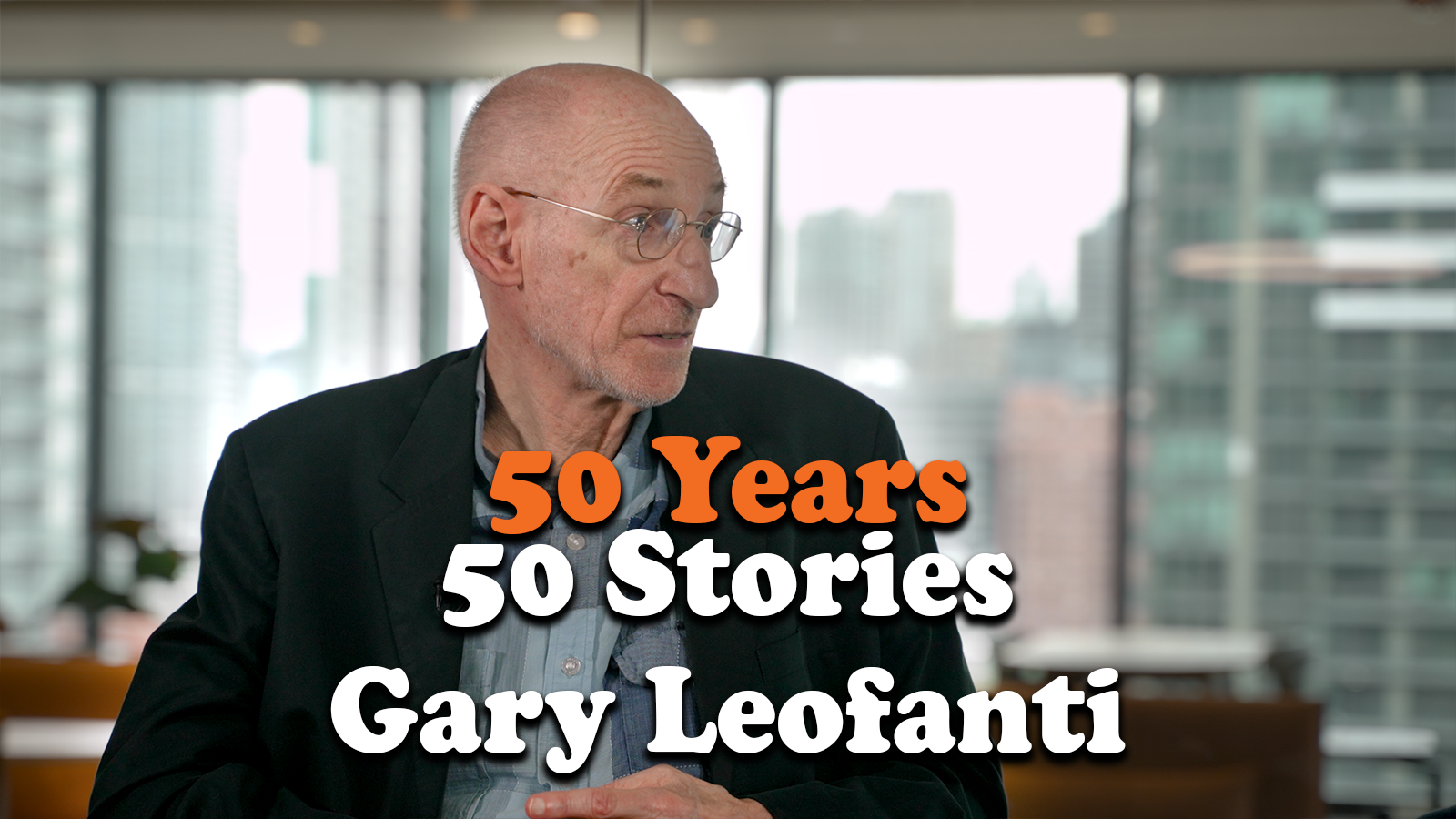
How a Listening Ear and $6,000 helped make Aunt Martha’s
On Wednesday, March 1, 1972, a 25-year old Gary Leofanti, “started working to fulfill the expectations of persons who formulated [his] youth worker job description,” by attending his first Youth Commission meeting in an official capacity for the Village of Park Forest. So it was chronicled in the Park Forest Star the following Sunday.
The young man had earned his masters degree in social work from Wayne State University just a year earlier. While at Wayne State, he’d worked part-time for a lobbying organization in Michigan’s state capital, and – through the types of field learning opportunities he’d purposefully sought out – worked with several organizations that would help shape his work in Park Forest.

Early Influences
So, Gary, what was the inspiration to move from the East Coast and come to the Midwest?
Well, I was working as a welfare case manager for the state of Massachusetts after college, and they had an incentive to go to graduate school. I could pick any graduate school I wanted, just as long as I made a commitment to come back and they paid my salary and I got to go to grad school. I picked Wayne State University in Detroit.
Listening Ear and Reality Therapy
Why did you pick Wayne State? What was special about Wayne State?
Wayne State has advanced field placements with political leaders and advocacy groups, which is what I was interested in. And I had two field placements. One was with a lobbyist in the state capital of Lansing. And I came in contact with the organization called Listening Ear.
And that was where I got exposed to effective listening. That’s what they taught. And later with Aunt Martha’s we would do that with volunteers.
So you brought the science of effective listening to Aunt Martha’s?
Yes. All volunteers were trained that way. And then later we added Reality Therapy. And for a long time Reality Therapy was the method that we used.
Coming to Park Forest
So after you graduated from Wayne State, how did you end up coming to Park Forest?
Well, after graduation, my field placement turned into a job, and I stayed there for about five, six months.
Then I responded to an ad for a youth worker in Park Forest. And I interviewed for the job. And I liked the community and that, that’s the story there.
But you were you were originally committed to going back out east.
Right. I paid back the salary.
So you had to pay back the salary in order to take the job in Park Forest and move to Park Forest?
Right.
How much was the salary you had to pay back?
It wasn’t much. Something like $6,000.

The community was prepared to do some things
$6,000 back in ’72 was a lot of money! Why did you want to make that commitment?
Because the community was prepared to do some things.
You felt that? You could see that?
Yeah. They were there. They just needed some help. So it worked very quickly.
I came in March and by September we had filed articles of incorporation for Aunt Martha’s.
And how many volunteers were you working with when you came to Park Forest?
Well, the Park Forest’s Youth Commission was instrumental in convincing Park Forest to hire a youth worker. So they were organized.
They also had a task group that was looking at the problem of runaway youth in the community. And that’s a group that founded Aunt Martha’s.
So you leave Boston, a city you love, and you had to pay back the salary you were paid because you were committed by the salary to go back to Massachusetts. And you put all that behind you.
And you come to Park Forest and you take this job and then within six months, it becomes Aunt Martha’s Youth Service Center. And then it opened in December of 1972.
Right, with about 30 volunteers and out of donated space. And we had oh, maybe three or four foster families or volunteer foster families so that when it was needed, we had a place for kids to stay for the night.

And so when were you asked to be the executive director of Aunt Martha’s Youth Service Center?
Right at the beginning.
So right at the beginning. How old were you at that time?
I was 26, I think.
And you were asked to be the executive director of this start-up, nonprofit, community-based organization looking to serve youth, children and youth who were runaways.
That’s right.
What made you think or what made you believe you could do that at 26 years old?
That I was doing it!
But to be the executive director, though. Did that even mean anything to you to be the executive director or was it just you seeing it as doing the work?
I was just a staff person to the community. And it just it grew and I was there. And eventually I left the village of Park Forest and they gave Aunt Martha’s a grant for my salary.
And the rest, as they say, is history. No matter how much Mr. Leofanti tries to downplay his role.
We’ll explore that history, through Gary’s eyes and the memories of other friends, in future posts.
